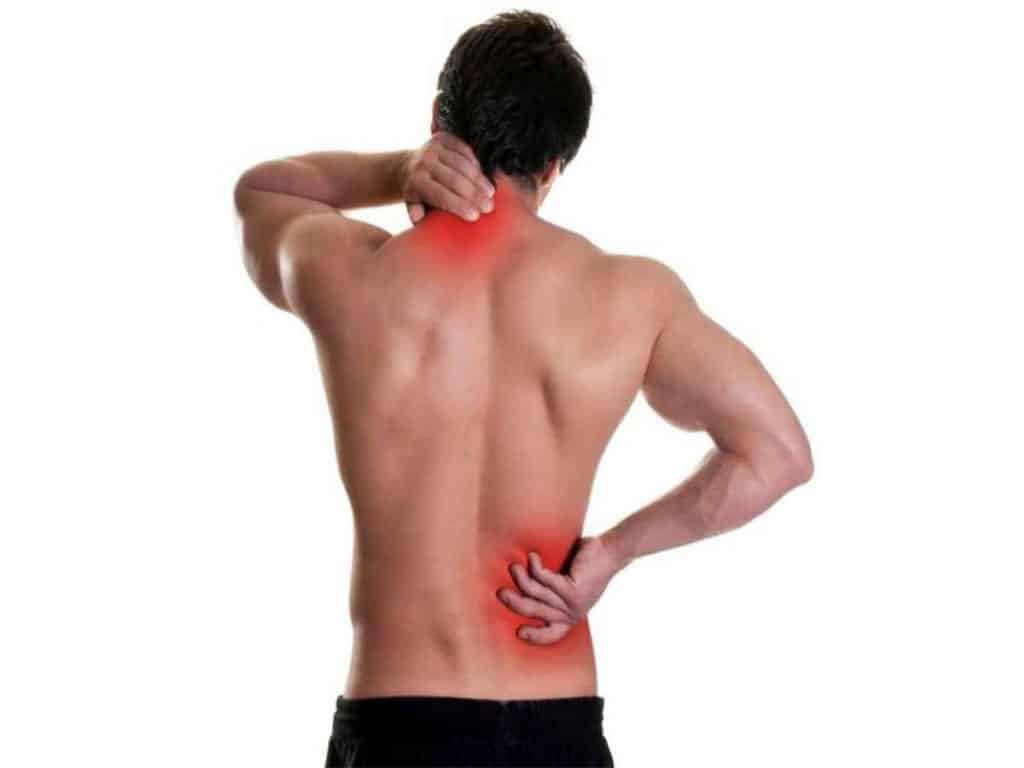
Transcutaneous Electrical Nerve Stimulation (TENS) therapy is a form of low-voltage electrotherapy. Another electrotherapy device is a Spinal Cord Stimulator (SCS). Some refer to this as an internal TENS machine. It has three main parts: The thin wires (electrodes), a battery pack (generator), and a remote control. Surgeons implant the electrodes and generator into the body through surgery. Then, the remote control adjusts the settings to relieve pain using high and low frequencies.
However, surgery is an invasive and dangerous procedure. Thus, a trial procedure determines whether SCS is compatible with a patient. This may take days or weeks before the implant surgery proceeds. Medical specialists supervise it to ensure safety. There are many benefits to the procedure, but there are also several risks. This article will present the definition of an SCS, how it works, and the risks of using one.
What is an Internal TENS Machine
An internal TENS machine is also known as an SCS. Medical professionals implant this device into the body to treat severe pain. More than 30,000 people annually undergo this surgery to address different conditions. SCS consists of thin wires and a small battery pack. The thin wires serve as the electrodes, while the battery pack is the generator for the stimulation.
During surgery, surgeons place thin wires in the epidural space or the area between the spinal cord and the vertebrae. Meanwhile, they insert the battery pack under the skin near the buttocks or the abdomen. These are controlled through a remote control. There are three main types of SCS. The conventional implantable pulse generator (IPG) is ideal for those with pain in one body part. This requires replacement through surgery once the battery runs out.
The second type is the rechargeable IPG, similar to the previous type but delivers more power. Additionally, as in the name, the battery is rechargeable and does not require surgery to change. Lastly, the radiofrequency stimulator uses a battery located outside the body.
Pain Conditions SCS is Suited For
These are the conditions that SCS is suited for:
- Failed back surgery syndrome or persistent arm or leg pain even after surgery, even if there is no technical failure.
- Sciatica is pain that travels along the sciatic nerve. This nerve is located from the lower back to the leg.
- Arachnoiditis is the inflammation of the arachnoid. It is one of the membranes that protect the spinal cord.
- Diabetic neuropathy causes pain or numbness in the legs, hands, or feet due to nerve damage.
- Angina or frequent chest pain caused by insufficient supply of blood and oxygen to the heart.

How Do Internal TENS Machines Work
An internal TENS machine or SCS uses a mild electrical current to stimulate spinal nerve fibres. These cells block the pain signals from reaching the brain. It is caused by high-frequency stimulation, which results in the Pain Gate Control Theory. Some neuromodulation devices also use low-frequency stimulation to produce paresthesia. This usually results in a tingling or numb sensation in the area. Users can adjust these frequencies through a remote control.
Patients undergoing spinal cord surgery should consult several healthcare providers to determine their suitability before the procedure. It involves neurologists, neurosurgeons, psychiatrists, and anesthesiologists. Furthermore, a trial procedure precedes the actual surgery implant and lasts a few days to a few weeks. Afterwards, the implantation surgery is done to place permanent electrodes and the generator.
After the surgery, the doctor will generally recommend a recovery period of four to six weeks. This entails limited physical activity to let the implants adjust. Furthermore, the person must continue to go to follow-up visits. This is to ensure that the surgery is a success and to address any issues.
Benefits of Using SCS
There are many advantages to using SCS. Firstly, it is a pain management method effective for different chronic and acute conditions. This includes heart-related chest pain, nerve pain, and back pain. It is often used as an alternative when other methods do not work. Additionally, it helps a person reduce or replace their intake of oral pain medication. These medications are often addictive and cause many adverse effects.
Furthermore, it is possible to temporarily try this device before undergoing surgery. This is done under the supervision of medical professionals. If the patient is incompatible with the device, the hardware is easy to remove.

Risks of Using and Internal TENS Machine
Due to its invasive nature, using an internal TENS machine carries many risks. Firstly, infection is the foremost and most common risk with spinal surgery. The hardware is a foreign device, so if an infection forms, further surgery may be needed to treat it. Additionally, there are cases when the implant must be entirely removed to stop the infection.
Secondly, there is a possibility that the leads may break or malfunction due to natural movement. Additionally, it may move out of place. This can cause damage to the spinal cord and surrounding tissues. In the worst-case scenario, this break can permanently injure the spinal cord and the nerves around it.
Thirdly, the pulse generator of the stimulation device has a chance of failing. This may occur after several years. Likewise, some devices will gradually run out of power. Unfortunately, surgery is required to fix any damage or replacement of the machine. Lastly, some devices may cause tingling or numbness in the area.
Using TENS Devices as an Alternative
Besides SCS, there are other TENS machines available for pain relief. There are wired and wireless options available for use at home without medical supervision. They may ask their healthcare providers if these external machines can help them before undergoing assessment for spinal cord surgery.
These TENS devices also effectively treat chronic and acute pain conditions. Furthermore, they deliver electrical currents via externally applied electrode pads placed near or on the pain area. It produces similar effects of stimulating spinal nerve cells to block pain signals. Moreover, it triggers the production of endorphins to alleviate pain.
Conclusion
An internal TENS machine offers an alternative and drug-free method for pain relief. It uses low and high-frequency stimulation to block pain signals and produce paresthesia. This may prove effective for those incompatible with other pain management methods. However, there are also several risks present while using an SCS. Foremost, it is installed using surgery after consultations with several medical professionals like neurosurgeons. Any repair or replacement also requires surgery to fix.
Moreover, breakage of electrodes and the generator can cause permanent damage to the spinal cord and surrounding nerves. Furthermore, there is a high risk of infection that may require surgery to treat or remove the device altogether. Alternative electrotherapy devices are wired and wireless TENS units. One reliable option is the iTENS from iTENS Australia. It uses externally applied wing-shaped electrodes to deliver electric stimulation for pain relief.







